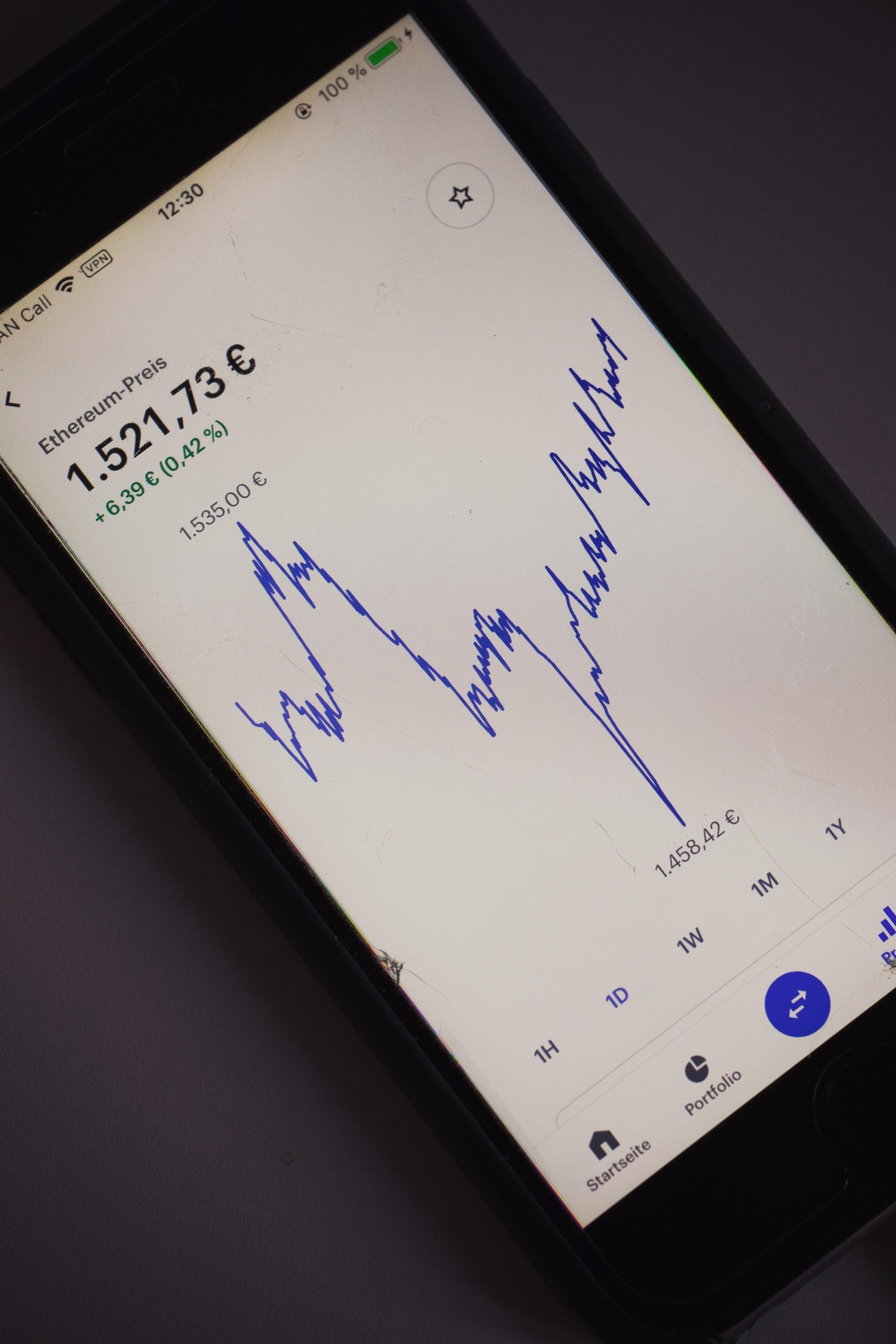Auto-investing apps have exploded in popularity, especially among younger investors. With sleek interfaces, clever algorithms, and bold promises like “let your money grow while you sleep,” it’s easy to believe you’re taking smart steps toward long-term wealth. These fintech tools are pitched as effortless—just link your bank account, answer a few questions, and voilà: you’re an investor.
But buried beneath the automation and convenience lies a fine print most users never read. From hidden fees to limited flexibility, these apps often trade transparency and control for sleek UX and simplicity. They’re built to serve you, yes, but also to quietly serve their bottom line.
Here are eight surprising truths that every auto-investing app user should know before you trust your financial future to a few taps.
1. The Fees Are Smaller… Until You Do the Math
Auto-investing apps often advertise their low fees—“just 0.25% annually!”—as proof they’re cheaper than human advisors. But when you run the numbers, that “small” fee can quietly drain your long-term returns.
Say you invest $50,000, and your portfolio earns 6% annually. Over 30 years, that’s around $287,000 in gains. But a 0.25% annual fee shaves off more than $20,000 from that total. And that’s assuming no additional costs like ETF expense ratios or account maintenance fees, which some apps sneak in separately. These apps count on users not realizing how compound fees, like compound interest, snowball over time.
2. They Often Favor Portfolios That Help Them Earn More
Most auto-investing platforms build your portfolio with ETFs, and many of those ETFs are owned or affiliated with the platform itself. That means the app gets a slice of the fees no matter how your investment performs.
The supposed “unbiased recommendations” are often structured to maximize internal revenue, not necessarily your returns. While the portfolios are usually diversified and fairly risk-adjusted, they’re not always the most cost-efficient for your goals.
So, while you think the algorithm is neutral, the portfolio might be stacked with funds that pay the platform back, just not in plain sight.
3. Customization Is Limited, And That’s the Point
Auto-investing apps market themselves as simple for a reason: most users don’t want to micromanage their portfolios. But the simplicity comes at the cost of flexibility. Want to overweight in tech? Avoid fossil fuels? Increase exposure to small caps or emerging markets? Tough luck. These apps often lock you into rigid portfolio models with little room for fine-tuning.
This one-size-fits-all structure is designed to make scaling easier for them. But it may mean you miss out on tailoring your strategy to match your values, risk tolerance, or goals.
4. Tax-Loss Harvesting Isn’t a Silver Bullet
Many robo-advisors tout tax-loss harvesting as a major benefit, selling losing assets to offset taxable gains. Sounds great on paper, but the benefits are usually oversold to the average investor.
First, it works best in taxable accounts (not IRAs or 401(k)s). Second, you need a certain level of volatility and account size before the harvested losses actually save you real money. And finally, many apps replace the sold investment with a near-identical fund, which can dampen actual portfolio shifts.
So yes, tax-loss harvesting can help, but it’s not the money-printing secret some platforms suggest.

5. They May Not Handle Market Crashes Well
The allure of automation is that it removes emotion from investing. But when markets tank, many users still panic and withdraw, and auto-investing apps aren’t always built to help prevent that.
Unlike a human advisor who can offer calming guidance, robo-advisors simply rebalance your portfolio or, worse, do nothing. The lack of human reassurance during a downturn can cause users to make costly moves at the worst time.
In fact, many apps anticipate churn during volatility, and some have quietly built-in friction (like slow withdrawal processing) to slow down panic exits. That’s not exactly the kind of support you want when your money’s on the line.
6. “Round-Ups” and Micro-Savings Can Create a False Sense of Progress
Round-up features, where your purchases are rounded up to the nearest dollar and the change is invested, feel like smart, pain-free savings. And they are… to a point. But here’s the problem: these micro-deposits often give users a false sense of financial accomplishment, leading them to delay more meaningful saving habits. Putting away $0.37 per coffee isn’t going to build your retirement.
Unless you’re pairing round-ups with serious recurring deposits, you’re watching your pennies while ignoring your dollars.
7. Your Data Is the Product
Fintech companies, like social media platforms, thrive on data aggregation. When you connect your bank account and spending habits, you’re not just feeding the algorithm for portfolio suggestions. You’re providing valuable consumer data.
Some platforms reserve the right (buried in user agreements) to share anonymized data with third parties. This data can influence everything from targeted ads to the creation of new financial products that aren’t always designed in your favor.
If the service is free or dirt cheap, you’re not the customer. You’re the data source.
8. They’re Not All Equal When It Comes to Security and Insurance
Most legitimate auto-investing platforms are SIPC-insured and use encrypted protocols. But not all fintech apps are created equal, especially newer or international ones.
Some platforms outsource back-end operations or use third-party brokers for trades. This introduces multiple layers where something can go wrong. And in the worst-case scenario, such as a platform going under, it may not be clear how quickly or fully you can access your funds.
Always check the fine print for custodian information, insurance policies, and fraud protections. Sleek design doesn’t always mean secure infrastructure.
Convenience vs. Control: Which Wins in the Long Run?
Auto-investing apps aren’t scams. Many are innovative, accessible, and a great entry point for novice investors. But their effortless interface masks real trade-offs—from hidden fees and limited customization to reduced control and increased data mining. Before you rely on a robot to grow your wealth, ask yourself: Are you making informed decisions or just clicking “Accept” because it feels easy?
Financial independence doesn’t come from automation alone. It comes from understanding the system you’re plugged into and knowing where the machine ends and your money begins.
Have you ever used an auto-investing app? Did it help you build wealth, or did you uncover any hidden downsides?
Read More:
Simple Steps to Financial Independence: How Smart Investing Can Build Your Wealth
Investments You Should Be Making in 2025
Riley is an Arizona native with over nine years of writing experience. From personal finance to travel to digital marketing to pop culture, she’s written about everything under the sun. When she’s not writing, she’s spending her time outside, reading, or cuddling with her two corgis.
Read the full article here














